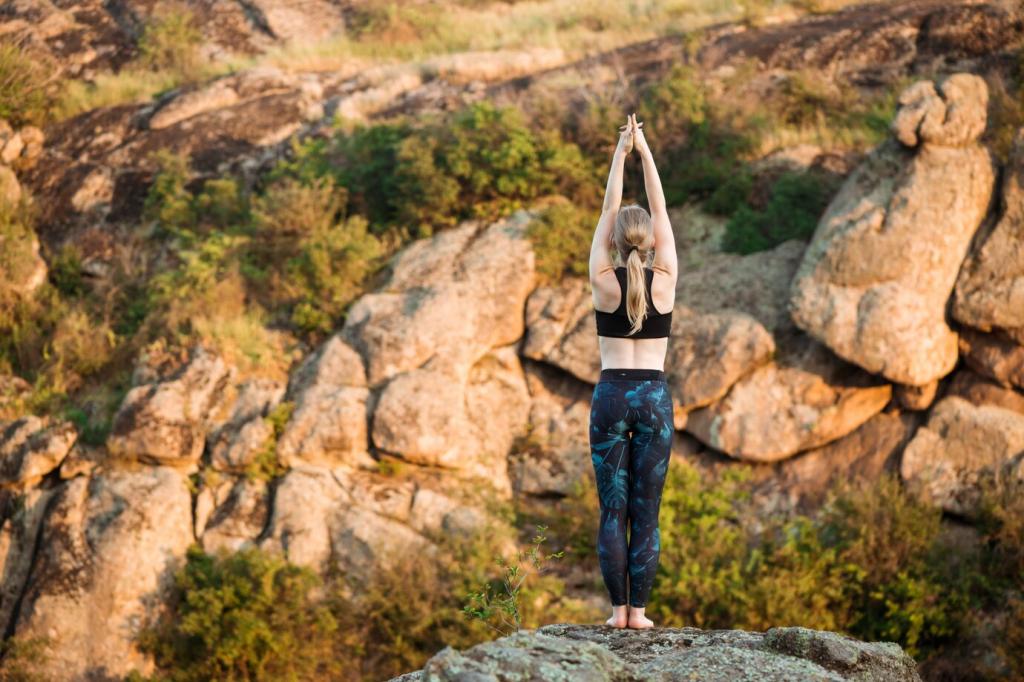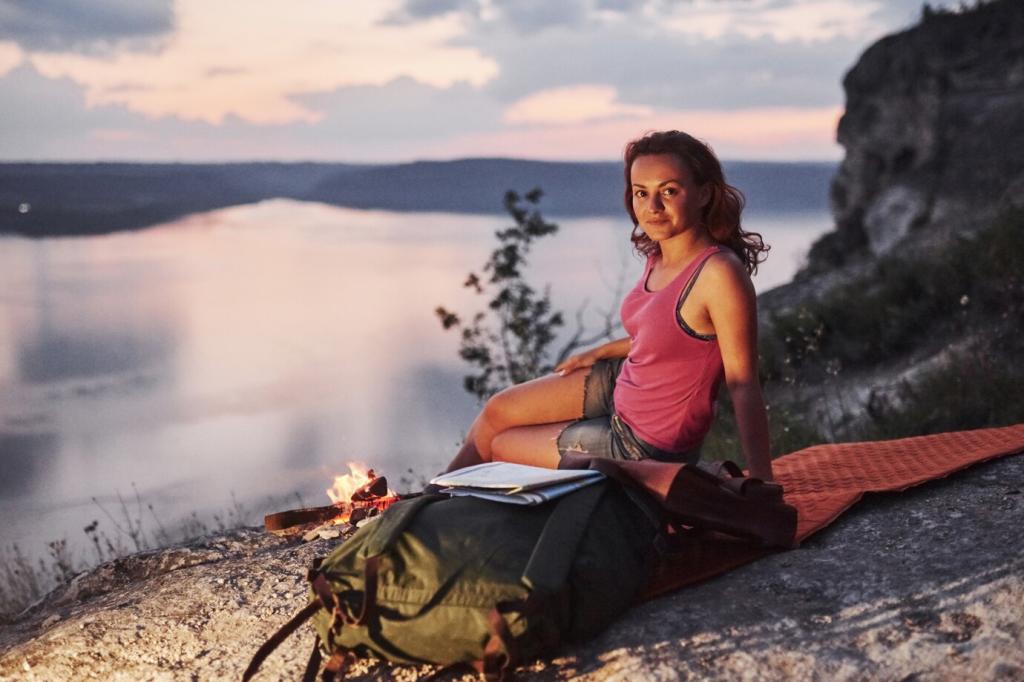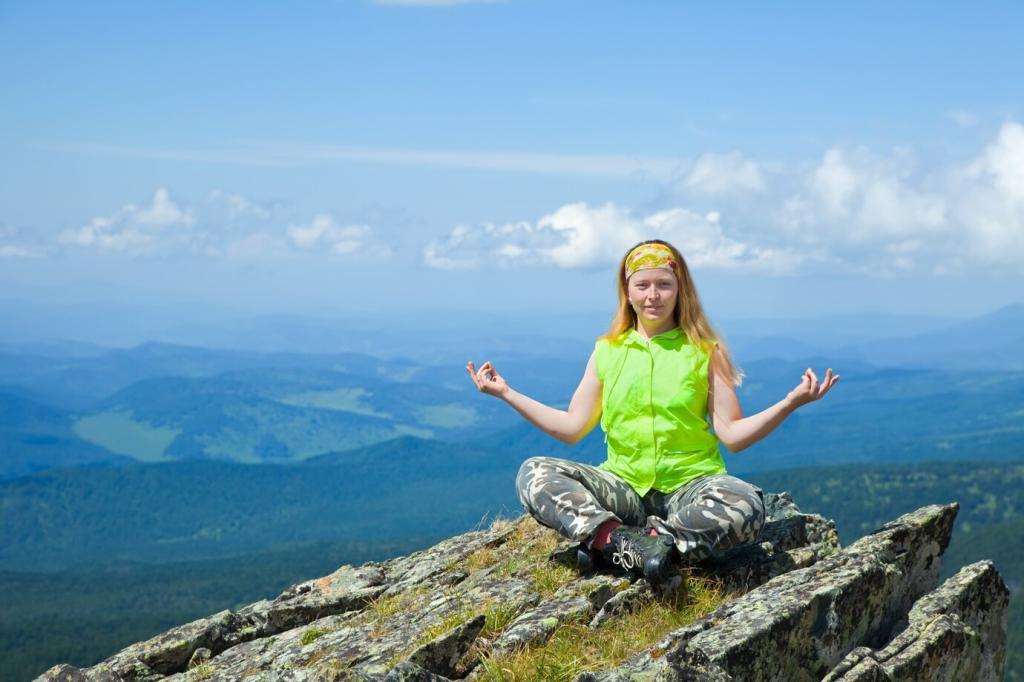Why Breath Shapes the Trail Experience
Place a hand on your belly and breathe so the hand gently rises and falls. Diaphragmatic breathing reduces tension, steadies heart rate, and anchors attention, making steep grades feel more manageable and moments of awe easier to fully embrace.
Why Breath Shapes the Trail Experience
Sync breath with footsteps using simple ratios. Try inhaling for two steps and exhaling for three, or three and four on flatter terrain. Cadence reduces side stitches, smooths pacing, and creates a gentle rhythm you can sustain for many mindful miles.








